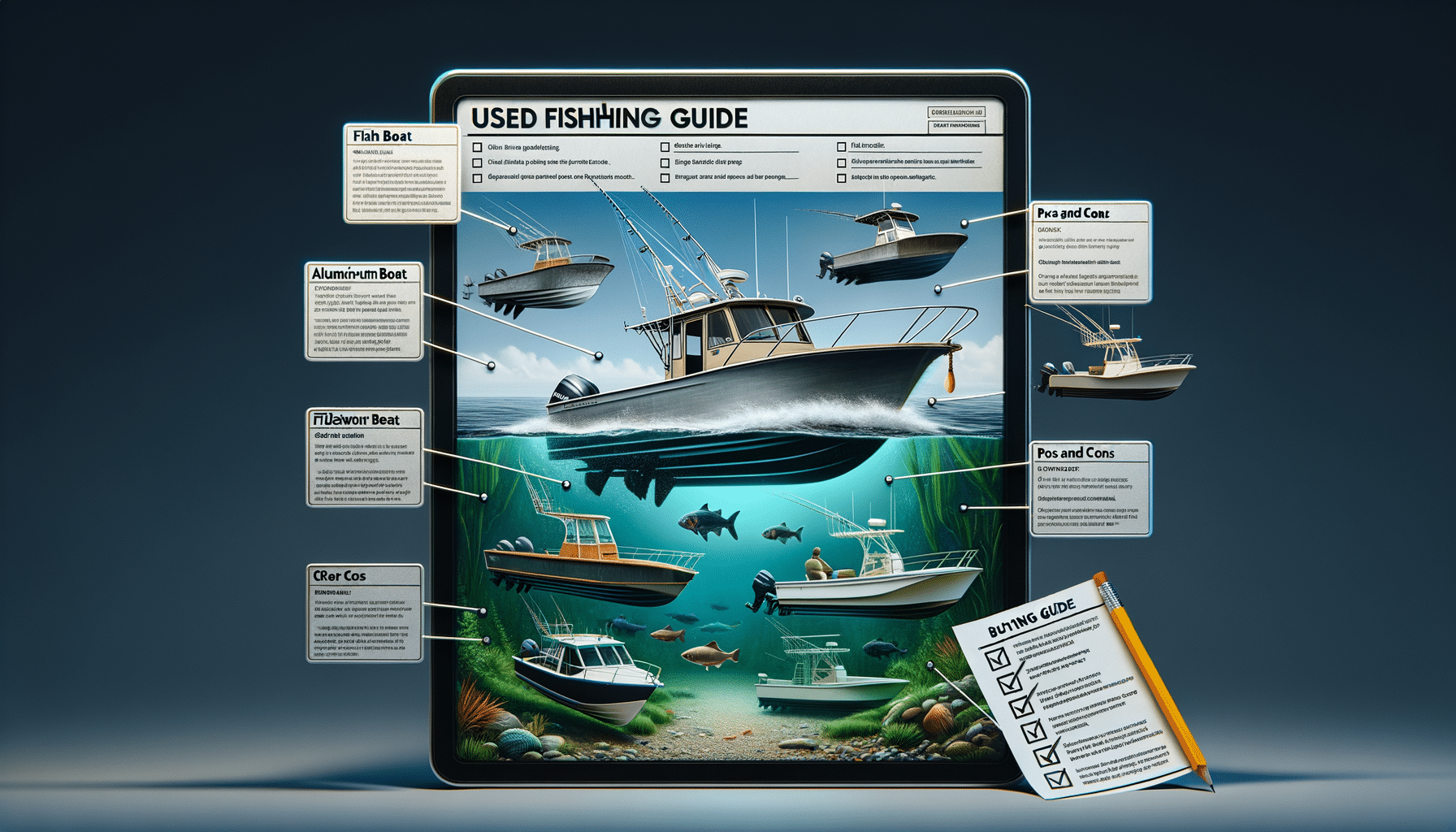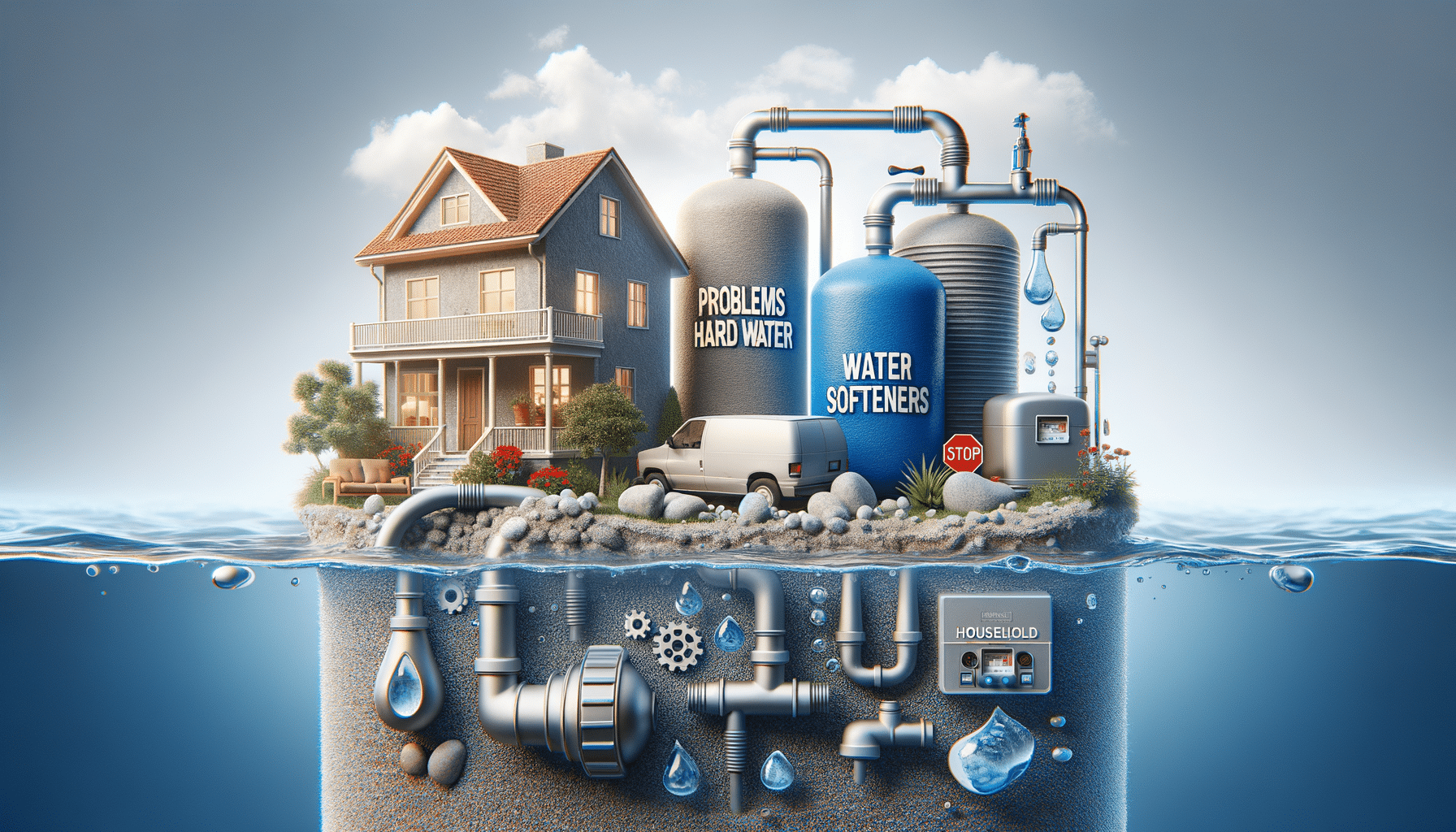
Used Fishing Boats: What to Look For Before You Buy
Introduction to Buying Used Fishing Boats
Purchasing a used fishing boat can be an economical and practical decision for many anglers. Whether you’re looking for a simple aluminum skiff or a more robust fiberglass model, the used boat market offers a plethora of options. Understanding what to look for in a used fishing boat is crucial to ensuring that your investment is sound and that you can enjoy many years of fishing adventures.
Key Factors to Consider When Evaluating a Used Fishing Boat
When inspecting a used fishing boat, several factors should be at the forefront of your evaluation. First, consider the overall condition of the boat. Look for any signs of damage or wear, such as cracks, dents, or corrosion, especially around the hull and deck areas. It’s also important to check the engine hours; a boat with fewer engine hours may indicate less wear and tear, but it’s essential to also consider how those hours were accumulated. Was the boat used primarily in saltwater or freshwater? Saltwater can be more corrosive, potentially leading to more maintenance issues.
Another critical aspect is the type of hull. Aluminum boats are known for their lightweight and durability, making them a popular choice for those who need to tow their boat frequently. On the other hand, fiberglass boats often provide a smoother ride and can handle rough waters better. Each material has its own maintenance requirements and lifespan, so understanding these can help you make an informed decision.
Buying Guide: Aluminum vs. Fiberglass Boats
The choice between aluminum and fiberglass boats often depends on your specific needs and preferences. Aluminum boats are generally lighter, which can make them easier to transport and more fuel-efficient. They are also less expensive to repair if they sustain damage. However, they may not offer the same level of comfort or stability in choppy waters as their fiberglass counterparts.
Fiberglass boats, while typically heavier, provide a more stable and comfortable ride. They are also more aesthetically pleasing, with a sleek finish that many boaters prefer. However, they can be more costly to repair and maintain. Consider your typical use case: if you’re mostly fishing in calm, inland waters, an aluminum boat might be more suitable. For those venturing into open waters, a fiberglass boat could be the better option.
Pros and Cons of Older Fishing Boats
Older fishing boats can be a great value, but they come with their own set of considerations. On the plus side, older boats are often more affordable and can provide a lot of boat for the money. They may also have been well-maintained by previous owners, offering many more years of service.
However, older boats may require more frequent maintenance and repairs. It’s essential to have a clear understanding of the boat’s history, including any past repairs or modifications. Look for signs of structural integrity issues, such as soft spots on the deck or transom. If possible, hire a marine surveyor to conduct a thorough inspection.
Conclusion: Making an Informed Purchase
Buying a used fishing boat requires careful consideration and due diligence. By thoroughly inspecting the boat, understanding the differences between aluminum and fiberglass models, and weighing the pros and cons of older boats, you can make a well-informed decision. Remember, the goal is to find a boat that fits your needs and budget while ensuring safety and reliability on the water. With the right approach, you can enjoy the many joys of fishing without breaking the bank.


